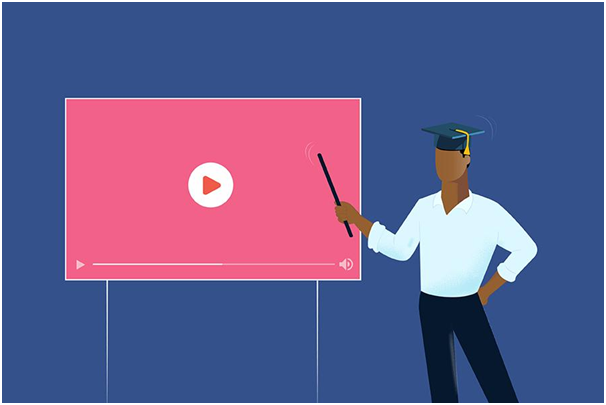Not many people know that explainer videos can be used not only to promote your products and conversions but also for education. In this article, we will discuss this topic in more detail.
Now more than ever people want to become better, learn something new, or just develop. This applies not only to adults but to children. That is why children educational videos are at the peak of their popularity.
Especially often educational videos are used by teachers in the educational process as a teaching resource.
Any video can be used in the classroom, regardless of the form of narration used in its implementation, since its intention is important following the tasks set, that is, a bank of recorded images, a film. etc. may be considered instructional videos if they are inserted for pedagogical purposes.
Taking this statement, we can define an educational video as:
A collection of recorded audiovisual resources fulfilling a previously formulated didactic task. If we look at this definition in detail, we will notice that it is very broad, as it covers any type of video included in the category. Therefore, it is convenient to resort to some authors to classify them according to the task at hand.
Types of instructional videos
There are many classifications of training videos according to their purpose, but let's consider the division into 5 types:
Educational:
its mission is to ensure that students master certain content.
Cognitive:
they are aimed at presenting various aspects related to the subject being studied.
Motivators:
Their purpose is to positively set the student to develop a specific task.
Modelers:
Submit role models or role models.
Playful or expressive:
It is used by students as a means of expression through skill and knowledge of the instrument.
That is, the intention determines the content following the proposed goals or competencies.
Educational videos are now predominant as they have become a very valuable resource because, in addition to being able to easily create them with the technology we have, the fact of listening, watching, reading, and even interacting as part of a well-planned instructional design can change the style or way students learn.
The research concludes that, in general, we learn:
10% of what we read
20% of what we hear
75% of what we see and hear
90% of what we do
These percentages show that thus the introduction of video in the classroom can lead to significant changes in the environment in which learning takes place.
It serves as a means of facilitating communication by offering details that directly correspond to reality, making it a motivating agent for learning.
Although some argue that the use of images and the limited time of the video compress the information, it must be emphasized that the student's ability to memorize is usually higher, since the combination of stimuli attracts attention, which affects the retention of content.
Other benefits of using a tutorial video include:
-Increase the persistence of educational content, allowing it to be shared and saved.
-Recorded content can be played as many times as needed.
-They can be supplemented, corrected, or improved by editing.
Therefore, we can say with confidence that explainer videos are very relevant and useful in the educational process because they help not only to better perceive information but also to do it with pleasure.
If you want to get such a video, you can always ask for help from the experts https://explain.ninja/.

No comments:
Post a Comment